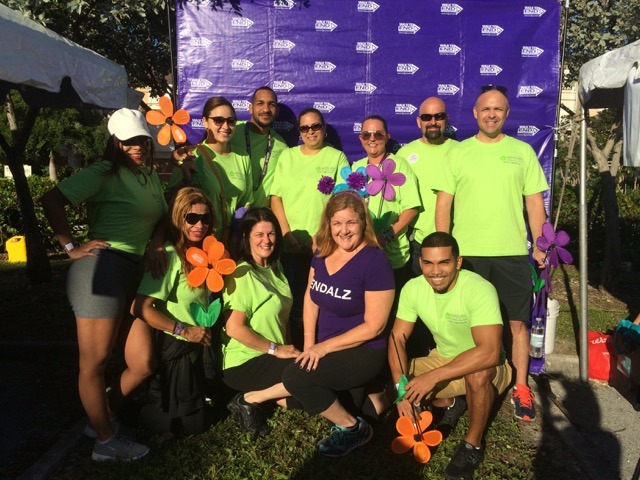Dancing snowflakes, crackling fires, children sneezing all over the grocery store – all the signs of a winter wonderland also signify that flu season has arrived. Although the thought of being bed-ridden while sipping chicken soup and watching movie marathons may not sound so terrible, the influenza virus poses serious health risks for the elderly – especially those with chronic conditions such as diabetes.
Adults over the age of 65 are probably well aware of the dangerous complications that can arise from the flu, including pneumonia. According to a study by the Public Library of Science Journal, 71 to 85 percent of all seasonal flu-related deaths, and 54 to 70 percent of seasonal flu-related hospitalizations occur in people 65 years and older.
Complications with diabetes
For those with diabetes, the possible complications resulting from infection are even more severe. The flu with diabetes can cause unpredictable changes in blood sugar levels, as well as changes in appetite that can cause dangerously low blood sugar for those with type 1 and type 2 diabetes.
Diabetes can also make it more difficult for the body to fight off infections, leading to complications from the flu - including pneumonia, bronchitis, sinus infections and ear infections - that can lead to hospitalization.
Preventing the flu
Although these health complications are serious, preventing the flu is easily. The flu vaccine is a tried and true way to avoid sickness, and it is most likely available at your local drugstore – no doctor’s appointment needed. The flu vaccine is created from a killed virus, making it an effective defense against the most common strains. Contrary to folklore, it is impossible to get the flu from the vaccine. The most common side effect is simply soreness or swelling at the spot in your arm where you receive the shot.
If you or someone you know with diabetes lives with others, the other household members should get vaccinated as well. The flu is often contagious for a few days before symptoms appear so it is best if everyone in the household is protected.
In addition to getting vaccinated, you can take simple, everyday precautions to protect yourself from infection. The CDC recommends covering your nose and mouth with a tissue when coughing or sneezing, washing your hands often with soap and water, avoiding contact with your eyes, nose and mouth, and staying home when you are sick (except to receive medical care).
Beating the flu with diabetes
If you do fall sick, the CDC recommends the following guidelines for handling your diabetes throughout your flu infection:
- Be sure to continue taking your diabetes medication. Don’t stop taking them even if you can’t eat. Your health care provider may even advise you to take more during sickness.
- Test your blood glucose every four hours, and keep track of the results.
- Drink extra (calorie-free) liquids, and try to eat as you normally would. If you can’t, try to have soft foods and liquids containing the equivalent amount of carbohydrates that you usually consume.
- Weigh yourself every day. Losing weight without trying is a sign of high blood glucose.
- Check your temperature every morning and evening. A fever may be a sign of infection.
Although flu season is already underway, it’s not too late to protect yourself and your loved ones from falling ill. If you need help this flu season, American In-Home Care refers qualified and compassionate care providers that come to your home and can perform a variety of services, including respite care, medication management, meal preparation and diet monitoring, and diabetes care. Contact us today at 1-844-505-0004 for more information and to schedule your free in-home consultation.



